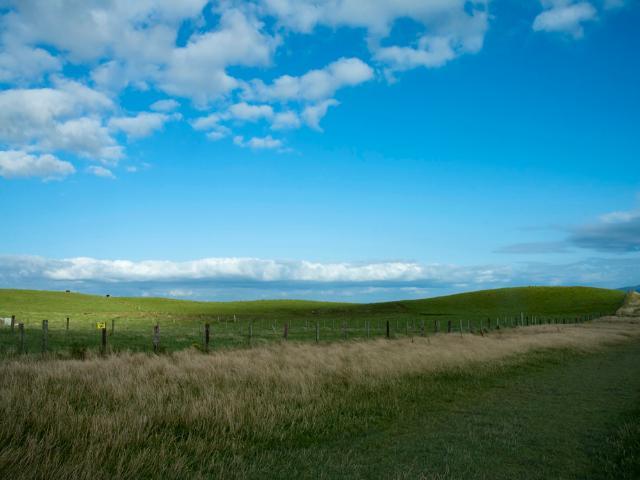- Home
- Undergraduate Courses
- Postgraduate Courses
- Career Opportunities
- News
- About us
- Research
- People
- Prof. Jerry D Murphy
- Prof Gregorio Iglesias
- Dr. Denis Kelliher
- Dr. Dominic O' Sullivan
- Dr. Yong Song Fan
- Dr. Paul Leahy
- Dr. Zili Li
- Dr. Ken Bruton
- Mr. Frank Maguire
- Technical Staff
- Administrative Staff
- Dr David Wall
- Dr Jimmy Murphy
- Professor Marguerite Nyhan
- Dr Páraic Ryan
- Dr. Richard O'Shea
- Dr Ciarán Hanley
- Dr Michael O'Shea
- Dr Joanne Mac Mahon
- Dr Frances Judge
- Alumni
- Facilities
- Contact Us
News
Environmental Engineering Research: Irish Grasslands Sequester Carbon

Agains the backdrop of the Paris COP21 talks, the Royal Irish Academy has produced an Expert Statement detailing how Irish grasslands sequester or fix significant amounts of carbon to their soils, and calls for detailed measurement, reporting and verification of this crucial atmospheric carbon removal.
Decarbonising agriculture is one of the most challenging problems faced by Ireland in light of any forthcoming agreement on climate change mitigation from the Paris COP21 talks. In 2014, Irish agriculture contributed 33% to our national greenhouse gas emissions, and the government's targets for increasing agricultural production by 2020 will lead to an increase in these emissions.
However, temperate grasslands are net absorbers of CO2 from the atmosphere, a fact that is frequently overlooked in the CO2 emissions reduction debate. Irish grassland soils are also likely to be under-saturated with carbon, and therefore the potential exists to absorb even more CO2 from the atmosphere by careful agricultural grassland management.
This was the subject of an Expert Paper published by the Royal Irish Academy, to which Prof. Ger Kiely, Chair of Civil Engineering at UCC, was a contributor. Much of the experimental work supporting the statement was carried out by the HYDROMET research group in the Department of Civil Engineering at UCC.
Civil, Structural and Environmental Engineering research looks at all the ways human beings influence their natural and built environment, and climate change has become one of the most important of these.
